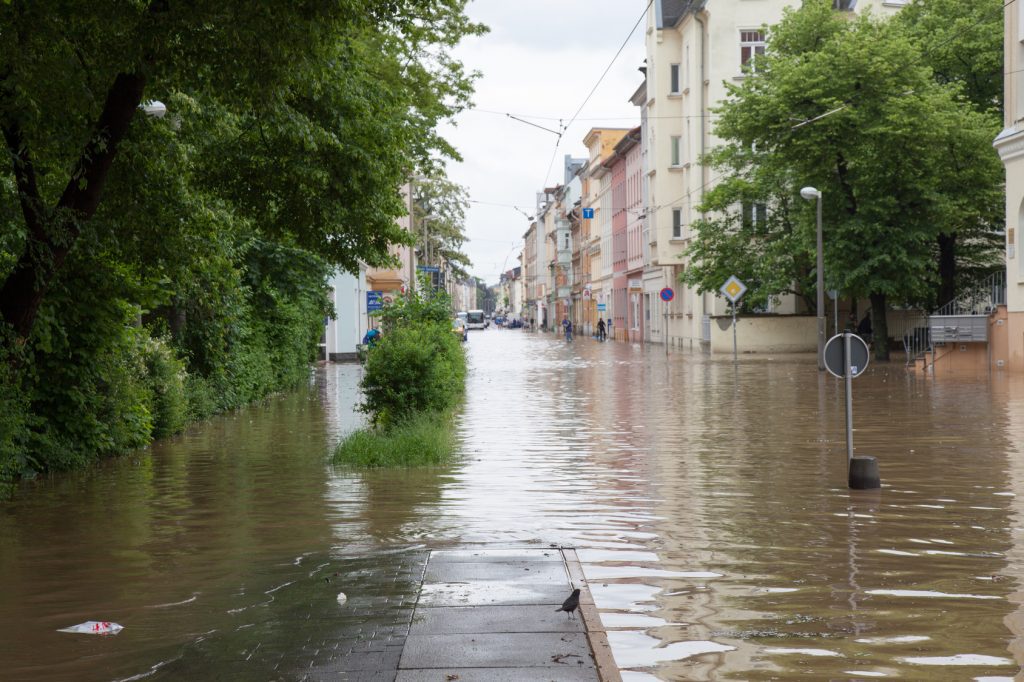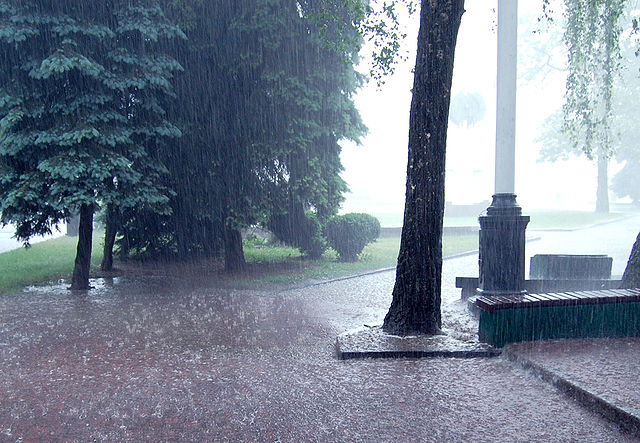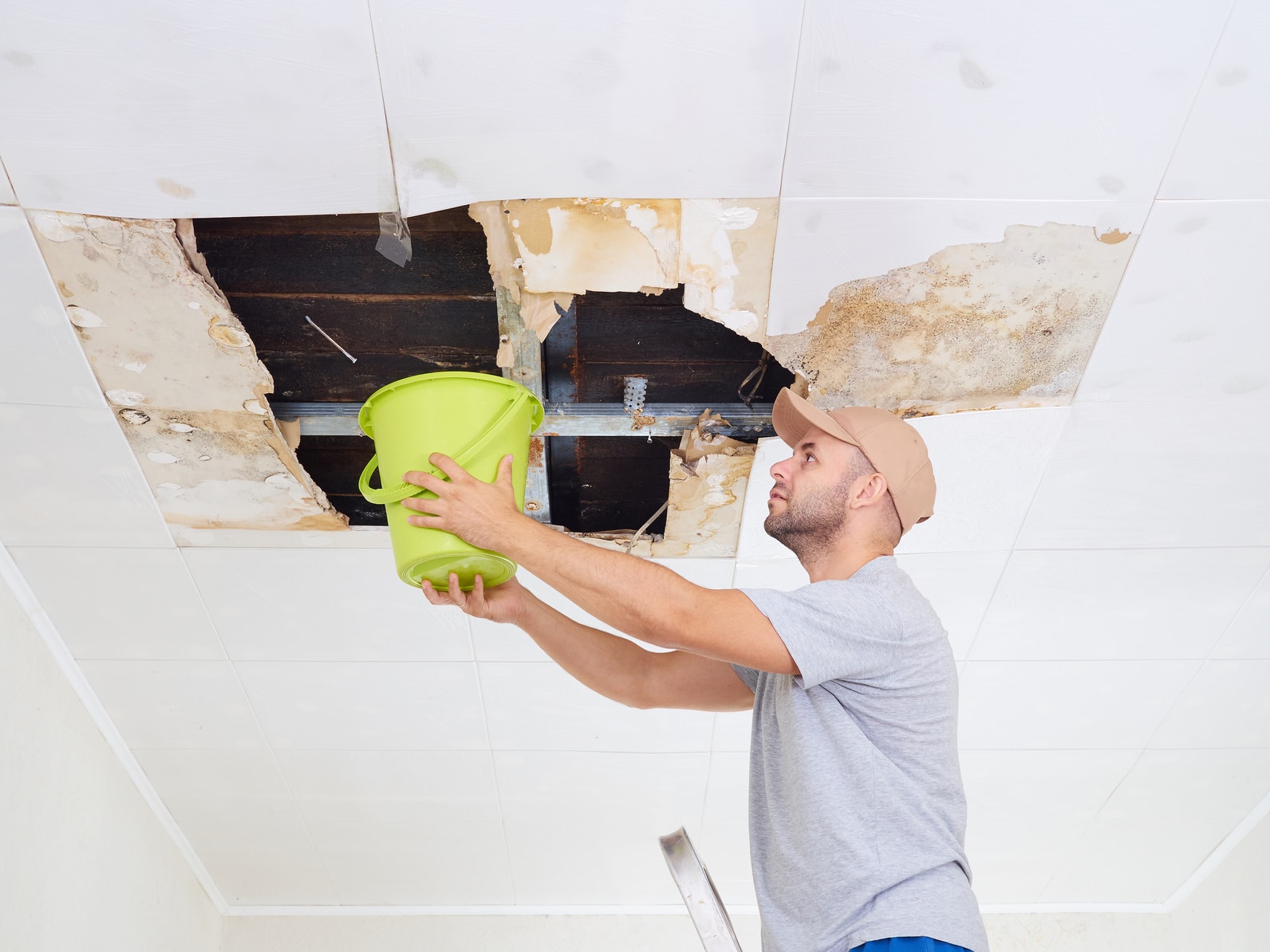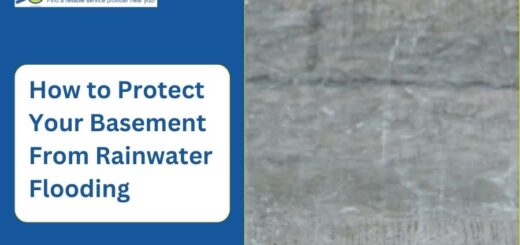3 Warning Signs of a Flood
While the spring season is known for the return of sunshine and more pleasant weather, it is also known for heavy rainfall. With heavy rainfall, however, comes the threat of floodingFlooding is the overflow or accumulation of water in areas t... More.
No property owner wants to deal with water damage, but the harm done by floodingFlooding is the overflow or accumulation of water in areas t... More can be especially worrisome. The large volume of water means a greater amount of damage to your home or business. So, if your property is affected by floodingFlooding is the overflow or accumulation of water in areas t... More, then you will need to take care of flood cleanup and restorationRestoration is the process of returning a property to its pr... More work. The costs for such can add up, so it can be helpful to know when there is an impending flood.
Standard floodingFlooding is the overflow or accumulation of water in areas t... More can take place days after precipitation occurs. This often gives people enough time to prepare for the flood and the damage it can cause. Flash floods, on the other hand, work quickly. As such, there isn’t always time for people to respond.
You cannot stop Mother Nature from bringing rain showers and storms, but there are warning signs you can look out for to help you prepare for a potential flood.
Continue reading to learn more about floodingFlooding is the overflow or accumulation of water in areas t... More, how to know if there is an impending flood, and what to do if a flood affects your property.
1. Educate Yourself on FloodingFlooding is the overflow or accumulation of water in areas t... More
When you know about flash floods and how they occur, you put yourself in a better position to prepare for them.
Flash floods are floods that happen as a result of excessive rainfall within a short amount of time. The rain accumulation happens so quickly that the ground cannot absorb the moisture fast enough.
They are known to happen in places where the drainage area is less than 20 square miles. Examples include canyons and dry riverbeds. If you reside or work in a place with a smaller drainage area, then be aware of the potential threat of flash floodingFlooding is the overflow or accumulation of water in areas t... More. Flash floods can happen in as little as one minute of rainfall or as long as six hours after its start.
While flash floods are often associated with rainfall, they can also happen as a result of a broken dam or levee spilling water into an area.
2. Stay Alert and Informed
In the same way people check the weather so that they know how to dress for the day, you should stay tuned in to the news and weather service so that you can prepare for potential weather-related disasters. This will help you be prepared for potential floodingFlooding is the overflow or accumulation of water in areas t... More.
In the event of an impending flood, the National Weather Service will issue either a flood watch or flood warning depending on what is happening outside, but it’s important to know the difference between the two.
A flood watch is issued when weather conditions favor floodingFlooding is the overflow or accumulation of water in areas t... More, but this does not guarantee floodingFlooding is the overflow or accumulation of water in areas t... More will occur. In the event of a flood watch, you should remain prepared. On the other hand, a flood warning is issued when floodingFlooding is the overflow or accumulation of water in areas t... More is either forthcoming or already happening. In the case of a flood warning, people need to act immediately and seek higher ground.
The National Weather Service may also issue a flood alert when floodingFlooding is the overflow or accumulation of water in areas t... More is expected but not bad enough to issue a flood warning.
3. Things to Look Out For
Obviously, flood watches and warnings are crucial things to keep an eye out for when there is concern about an impending flood. But pay attention to whether the warning is for a standard flood or a flash flood. Standard floods are known to last longer than flash floods.
If a flood watch is issued, stay alert for further information and be prepared for flooding.
The following are signs to watch for regarding flash floodingFlooding is the overflow or accumulation of water in areas t... More in your area:
- Excessive rainfall within a short amount of time
- Early snow melting
- Slow storms, including tropical storms and hurricanes
- Dam or levee failure
Professional Flood Restoration Help
If your residential or commercial property has been affected by a flood, then do not hesitate to address the damage as soon as it is safe to do so. Seek help for the essential flood cleanup and restorationRestoration is the process of returning a property to its pr... More work that you need for your building. Emergency water damage restoration professionals are available to help you with flood restorationRestoration is the process of returning a property to its pr... More in the aftermath of a disaster.
Water restoration professionals have the knowledge, training, and equipment to effectively clean and restore homes and buildings that have sustained water damage, including harm done by a flood. Professional technicians will extract excess water and moisture and use specialized equipment to thoroughly dry your property. From there, restorationRestoration is the process of returning a property to its pr... More and repairRepair is the act of fixing or restoring damaged property, m... More work can be done, and any moldMold is a type of fungus that grows in damp or humid conditi... More that has grown in response to the floodingFlooding is the overflow or accumulation of water in areas t... More will be addressed.
With help from professional water damage restoration services, your home or businesses will be thoroughly repaired and safe to return to following a flood.












